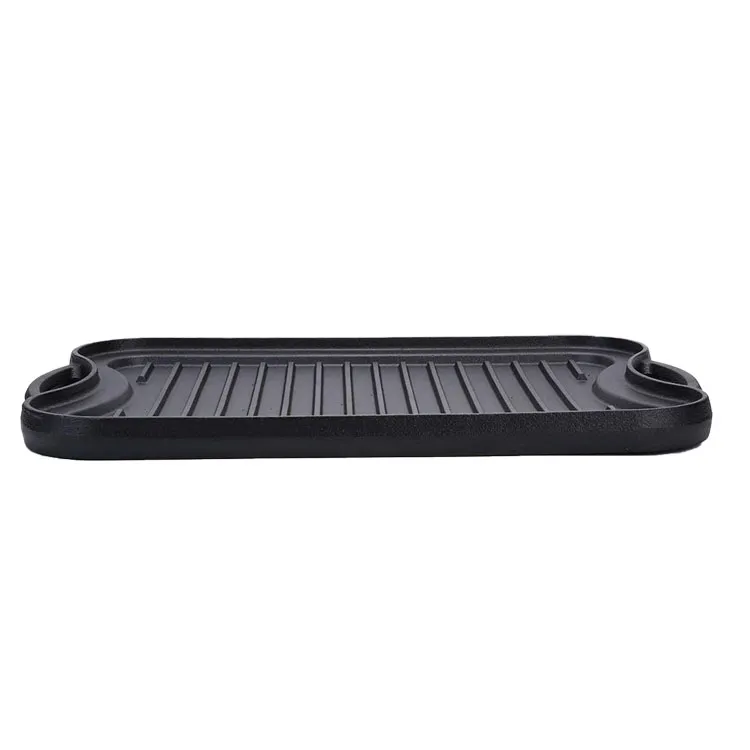
pan wok
Exploring the Versatility of the Pan Wok A Culinary Journey
When it comes to versatile cooking tools, few can match the pan wok in terms of cultural significance and functionality. The pan wok, an essential kitchen vessel in many Asian cuisines, is more than just a cooking utensil; it is a bridge between tradition and modern-day cooking techniques, making it a staple in households around the world. In this article, we will delve into the history, uses, and unique features of the pan wok, showcasing its ability to transcend culinary boundaries.
A Brief History
The wok's origins can be traced back over 2,000 years to ancient China, where it was primarily used for stir-frying. Traditionally made of iron or carbon steel, woks have a round bottom and high, sloping sides, which allow for even heat distribution and quick cooking. The design of the wok enables it to retain heat effectively, making it ideal for high-heat cooking methods such as stir-frying, deep-frying, and steaming.
As trade routes expanded and cultures exchanged culinary practices, the wok traveled beyond Asia. Today, it is embraced by chefs and home cooks worldwide, adapting to various cooking styles and influences. In the West, the wok is often associated with Asian cuisine, yet its unique shape and heat retention properties make it an excellent tool for creating a wide array of dishes, ranging from savory stir-fries to delicate scrambles.
Versatility in Cooking
One of the most significant advantages of using a pan wok is its versatility
. Whether you are cooking vegetables, seafood, or meat, the wok can accommodate them all. The high sides allow for ample tossing, which is essential for even cooking. Aromatic ingredients, such as garlic and ginger, can be quickly added to the mix without the worry of splatter or mess.pan wok

Stir-frying is perhaps the most celebrated technique associated with woks. The quick cooking at high heat locks in flavors and nutrients, producing crisp-tender vegetables and perfectly cooked proteins. However, the capabilities of the wok extend far beyond stir-frying. It can also be utilized for deep-frying, making it an ideal choice for dishes like crispy spring rolls or tempura. When used for steaming, a bamboo steamer can be placed inside a wok, allowing for healthy cooking that preserves the natural flavors of ingredients.
Furthermore, the pan wok can be an excellent choice for preparing soups and sauces due to its size and depth. The ample space enables cooking larger quantities, which is especially beneficial for families or gatherings. Additionally, the wok is suitable for slow cooking, allowing flavors to meld beautifully over time—a technique that is particularly popular in stews and braises.
A Few Tips for Wok Cooking
To achieve the best results with a pan wok, it's essential to consider a few tips. Firstly, preheating the wok is crucial. A well-heated wok allows for proper searing, which enhances flavors and textures. Using oils with a high smoke point, such as vegetable, peanut, or grapeseed oil, ensures that your ingredients won't burn and will develop a pleasant aroma.
Proper ingredient preparation also plays a significant role in successful wok cooking. Cutting vegetables and proteins into uniform sizes ensures even cooking. It's often recommended to have all ingredients prepped and organized before cooking begins, as wok cooking is fast-paced, requiring immediate attention.
Conclusion
In summary, the pan wok is a remarkable culinary tool with a rich history and a plethora of uses. Its ability to adapt to various cooking styles makes it a favorite among chefs and home cooks alike. As cultures continue to intertwine and evolve, the humble wok stands as a testament to the transformative power of cooking. Whether you are whipping up a simple weeknight dinner or experimenting with elaborate dishes, the pan wok promises a delightful culinary experience. So, embrace this versatile tool and explore the endless delicious possibilities it has to offer!
-
Season Cast Iron Perfectly with GPT-4 Turbo TipsNewsAug.01,2025
-
High Quality Cast Iron Cookware - Baixiang County Zhongda MachineryNewsAug.01,2025
-
Premium Cast Iron Pan: Durable & Perfect HeatNewsAug.01,2025
-
High Quality Kitchen Durable Black Round Cast Iron Cookware Pancake Crepe Pan-Baixiang County Zhongda Machinery Manufacturing Co., Ltd.NewsAug.01,2025
-
Cast Iron Cookware - Baixiang County Zhongda Machinery | Nonstick, Heat ResistanceNewsAug.01,2025
-
High Quality Kitchen Durable Black Round Cast Iron Cookware - Baixiang County Zhongda Machinery | Non-Stick, Heat Retention, DurableNewsJul.31,2025


